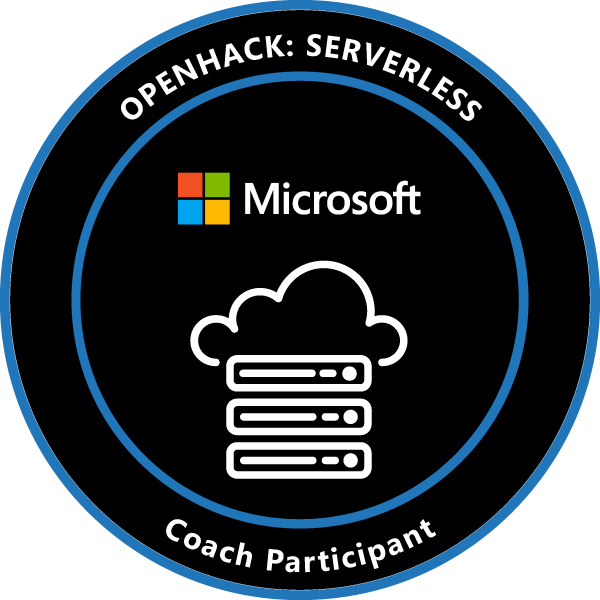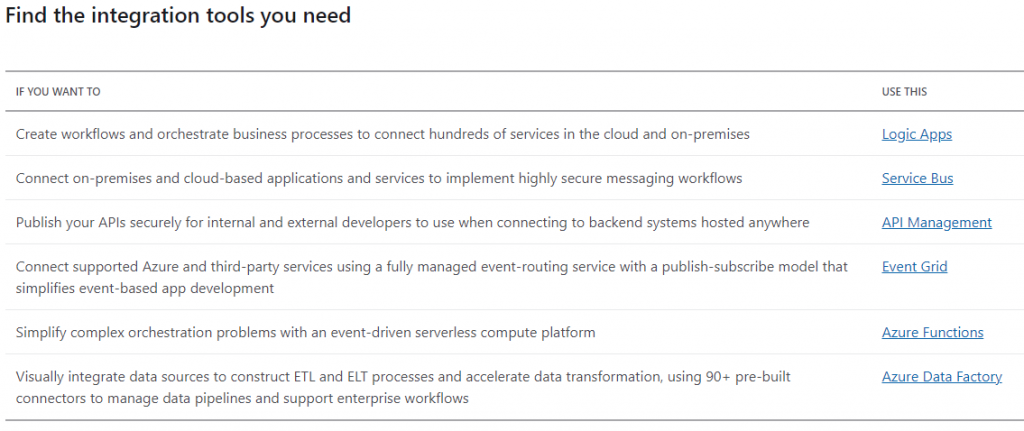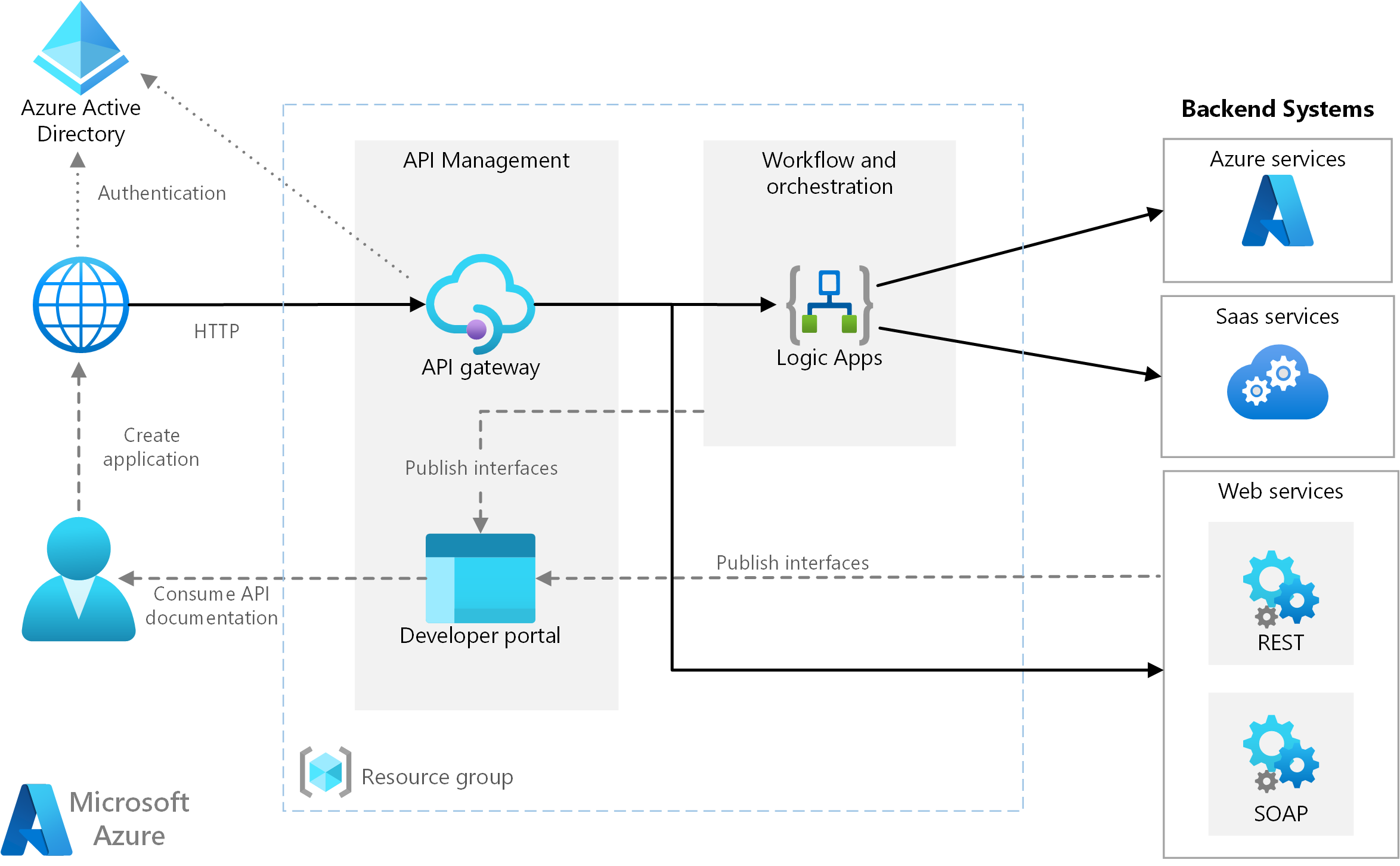Hello friends,
I had a great opportunity to attend an OpenHack Serverless event and guided my team in their hacking adventure. It was a great training/hacking event where participants team up to solve a close, real-world problem using the technology.

What my team did?
My team consisted of five professionals who had various levels of experience with Azure and its Serverless tech stack. As a team they were able to overcome a number of success criteria by solving problems and unlocking next challenges over the day. A number of different serverless technologies have been used in this event, such as:
- Azure Functions
- Azure Logic App
- Azure Cosmos DB
- API Management
- Azure Key Vault
- Azure Event Grid
- Azure Event Hub
- App Services
How coaches help their Team?
As their Coach, I have leveraged my understanding of how to build and deploy an Azure Serverless solution and lead my team to learn and follow best practices through a Serverless OpenHack event.
My team will leverage these skills to understand and explain the serverless tech challenges to a diverse team of customers. Each participant of this event also provided product feedback directly to Microsoft employees.
Conculsion
If you get an opportunity to participate in a Microsoft OpenHack event, don’t miss that. You will be really challenged with your skills and learn much more while enjoying the event.



